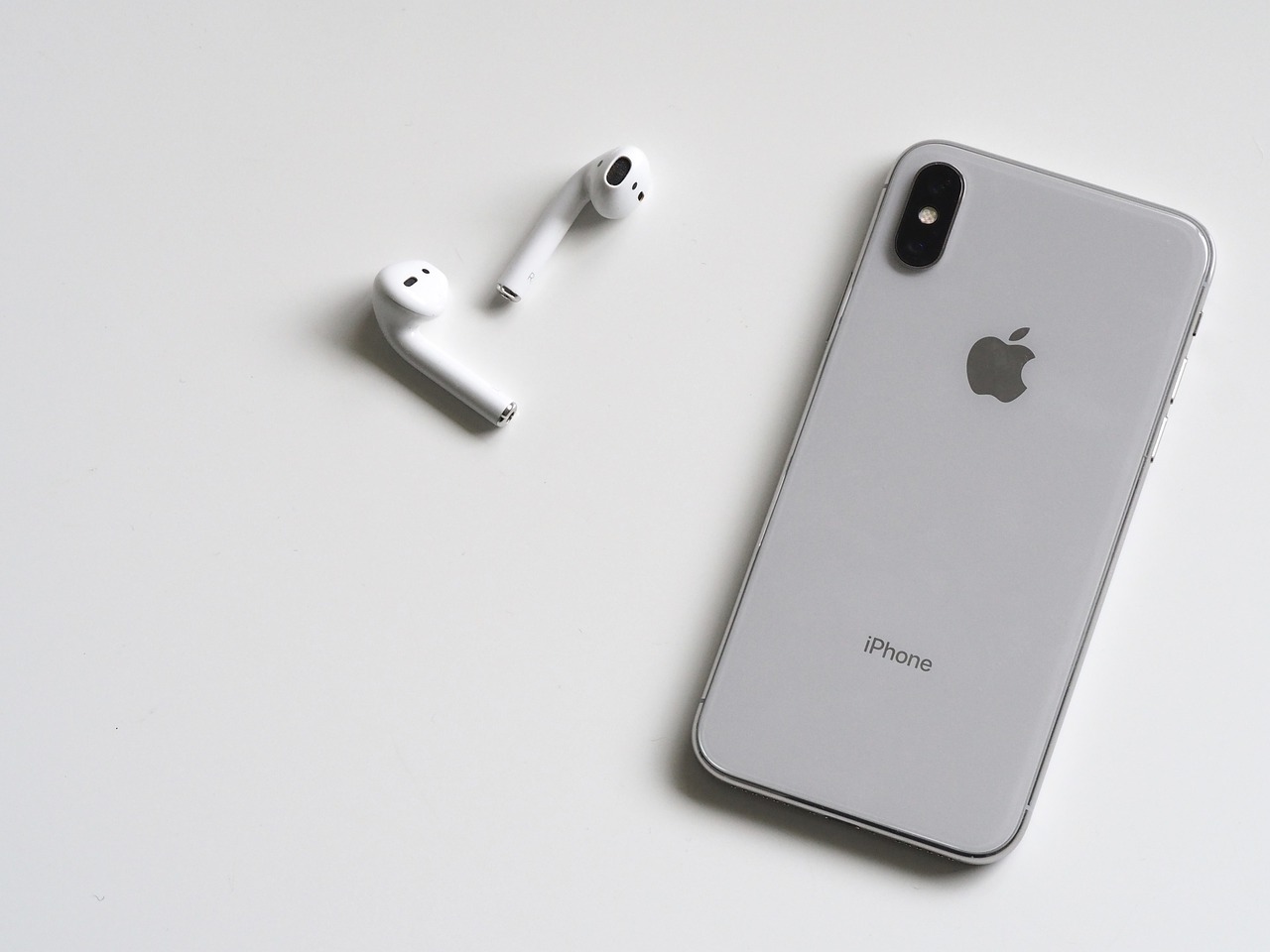
Which phone has the best camera?
Whether photography is your passion or you're a casual Instagrammer, the quality of photos you can take on your phone is important. When it's time to upgrade, this is one of the things we look for along with battery life and price. So, which phone has the best camera? We've looked at some of the best phones on the market to help you pick.

Huawei P20 Pro
Huawei are fast becoming key players in the mobile phone world. They're creating smartphones to compete with the likes of Apple and Samsung but at a much lower cost.
The P20 Pro uses three cameras at the rear to ensure it takes the best possible pictures. The main camera utilises a 40 MP sensor, alongside a 20 MP black and white sensor. Finally, there is a three times zoom lens and 8 MP sensor. There's also an intuitive Night mode that beats out the competition hands down. The all-important front-facing camera uses a 24 MP sensor, taking strong selfies even in low-light.

iPhone X
It's the sleekest and shiniest iPhone to date "" as well as the most expensive "" but what about the camera? Has it gotten any better to justify the price tag?
To an extent, yes. It's easily one of the best cameras around, both front and back. The front-facing TrueDepth camera is 7 MP and uses the well-received Portrait Mode so your selfies will look better than ever! Portrait Mode can blur the background or change the lighting of the scene you're in. The rear camera is 12 MP, delivering pictures that are rich in colour and in depth. Performance in low-light has improved on the rear camera too.

Samsung S9 Plus
Samsung have made a lot of noise about the capabilities of the S9 Plus's camera. The rear camera uses dual aperture which Samsung claim adapts like the human eye to any situation.
The camera is incredibly impressive, and Samsung have plenty to shout about. Compared to its predecessor, the S8 Plus, the S9 Plus is able to take in 28% more light. The low-light images are probably the best in the market too without the photos looking artificial. The front-facing camera uses a 8 MP sensor with autofocus capabilities, much like the front-facing camera of the S8 Plus.
![]()
Google Pixel 2
Google's flagship device has gone from strength to strength. The Pixel 2 received rave reviews and the continuing talking point is the camera. The rear camera is of 12.2 MP and the front-facing camera is 8MP so it can pack a punch with the best of them.
Pictures taken in low light are so clear you couldn't tell there were lighting issues. The background-blurring portrait mode is available on both cameras and the camera uses optical image stabilisation which is even better than before.

One Plus 6
On the surface, it may not seem that the One Plus 6's camera is a big leap from the One Plus 5 but their subtle changes will mean big things for your snaps. The 16MP camera has a sensor which is now 19% larger than their previous offering. This helps to capture more light, improving low-light pictures.
The camera picks up way more of the minor details than before, helping to solidify it as one of the best cameras on the market. The secondary camera isn't as revolutionary, but the phone is a steal.

LG G7 ThinQ
LG's latest phone is considerably cheaper option. It's got a dual-lens 16MP rear camera; the camera uses AI software which tries to pin point what it is you're taking a picture of so it can adjust the camera settings for the best possible image. It's great, but there can be hiccups along the way.
The Super Bright Camera detects low light situations and increases brightness by up to four times. What sets the LG G7 ThinQ's camera apart from the rest is the ability to take wide-angle photos. If you're keen on your selfies, the front-facing camera is 8MP; a huge improvement for LG.
Time to upgrade your phone? Buy refurbished phones and cheap phones from musicMagpie! Your phone will be covered by a 12 month warranty and delivery is FREE!
Wondering "can I sell my phone too?" Good news: you can! Get an instant price today and we'll pay you the same day your phone arrives.






Recent Comments
on Which British artist has sold the most albums?
on Who is the most popular video game character (based on sales)?
on Which British artist has sold the most albums?
on COVID-19 update: We’re here to help you work, connect and play from home
on COVID-19 update: We’re here to help you work, connect and play from home